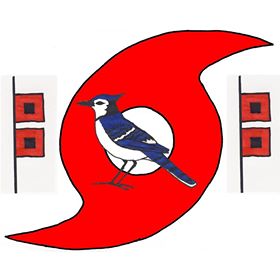A Tropical Low was spinning over the Gulf of Carpentaria on Sunday night. At 11:00 p.m. EDT on Sunday the center of the Tropical Low was located at latitude 12.1°S and longitude 138.1°E which put the center about 100 miles (160 km) east of Nhulunbuy, Australia. The Tropical Low was moving toward the west-northwest at 12 m.p.h. (19 km/h). The maximum sustained wind speed was 35 m.p.h. (55 km/h) and there were wind gusts to 45 m.p.h. (75 km/h). The minimum surface pressure was 1001 mb.
A low pressure system was spinning over the Gulf of Carpentaria on Sunday. The Australian Bureau of Meteorology was designating the low pressure system as a Tropical Low. The U.S. Joint Typhoon Warning Center was designating the low pressure system as Tropical Cyclone 31P.
The Tropical Low exhibited better organization on Sunday night. More thunderstorms formed near the center of circulation. More thunderstorms also developed in bands revolving around the center of the Tropical Low. Storms near the center of circulation generated upper level divergence that pumped mass away from the Tropical Low.
The Tropical Low will move through an environment somewhat favorable for intensification during the next 24 hours. The Tropical Low will move over water where where the Sea Surface Temperatures are near 30°C. It will move under the northern part of an upper level ridge over northern Australia. The upper level ridge will produce northeasterly winds that will blow toward the tip of the Tropical Low. Those winds will cause moderate vertical wind shear. The vertical wind shear will inhibit intensification, but the shear may not be strong enough to prevent some intensification. The Tropical Low could intensify during the next 24 hours.
The Tropical Low will move around the northern side of a high pressure system over Australia. The high pressure system will steer the Tropical Low toward the west-northwest during the next 24 hours. On its anticipated track, The Tropical Low will pass near Nhulunbuy and Cape Wessel. The Tropical Low will move over the Arafura Sea on Tuesday.
The Tropical Low will bring gusty winds and locally heavy rain to the far northeastern part of the Northern Territory of Australia. Heavy rain could cause floods in some locations.
